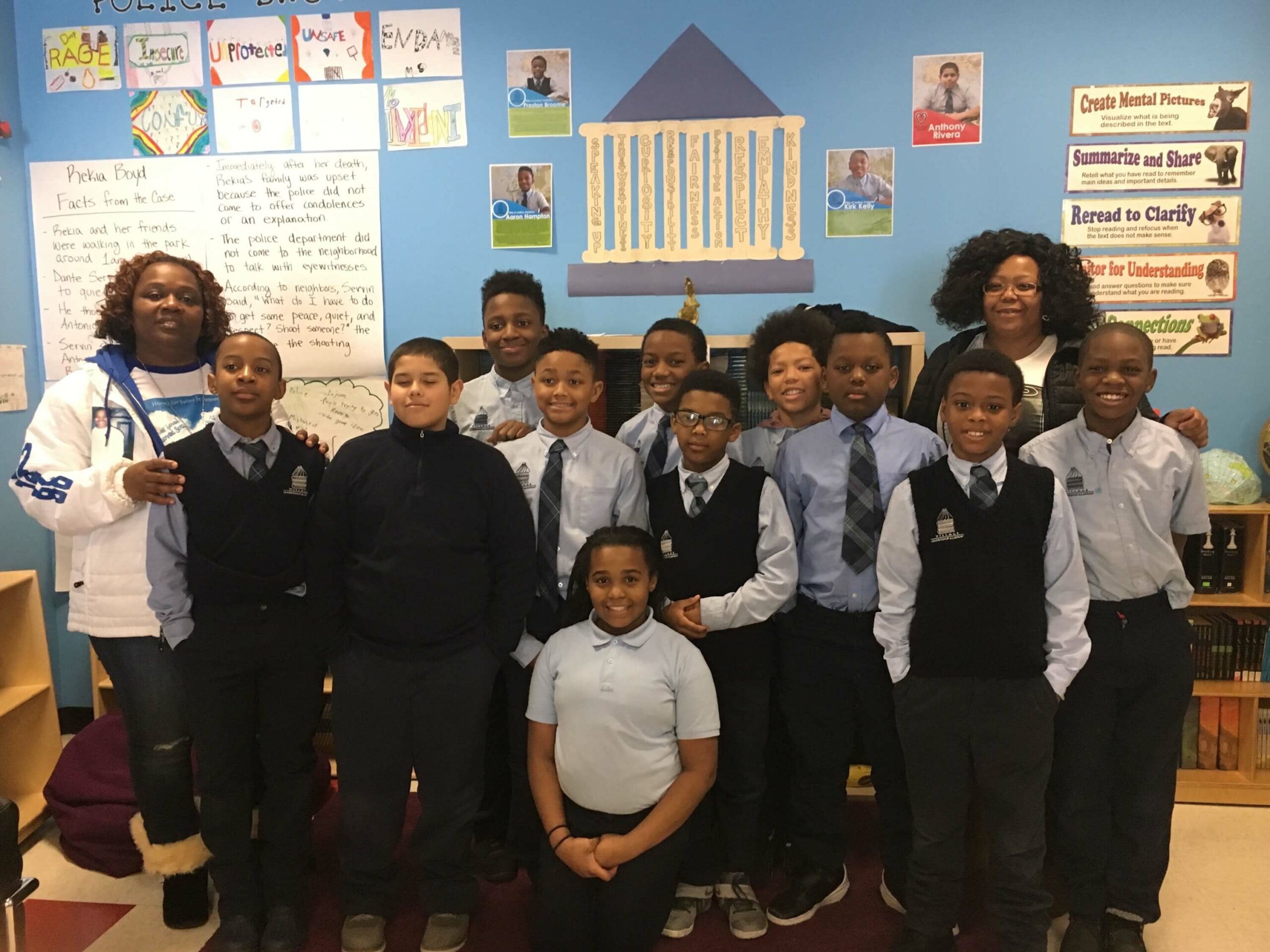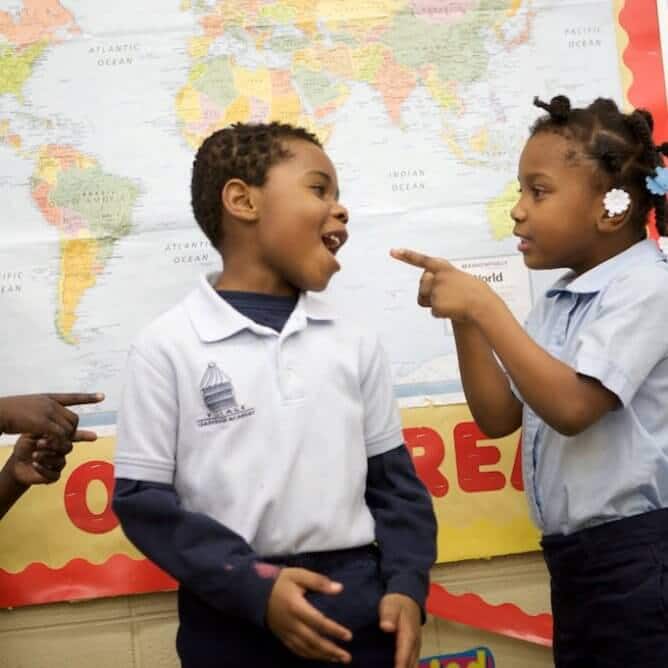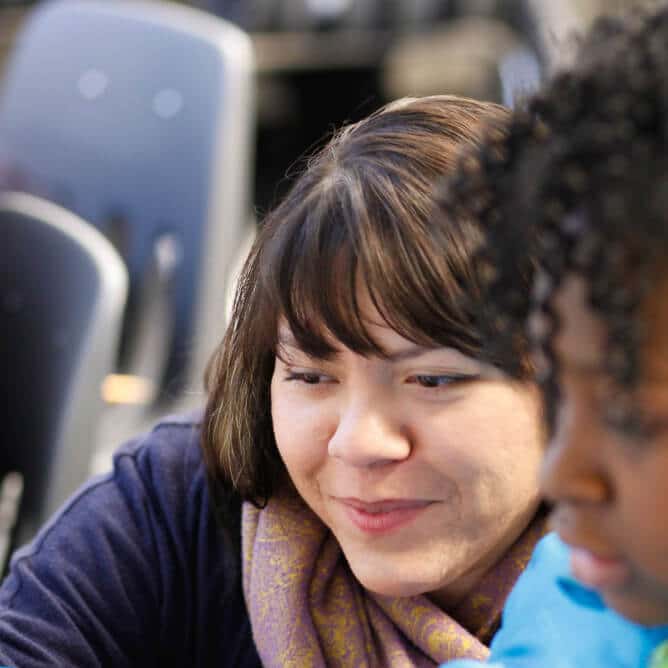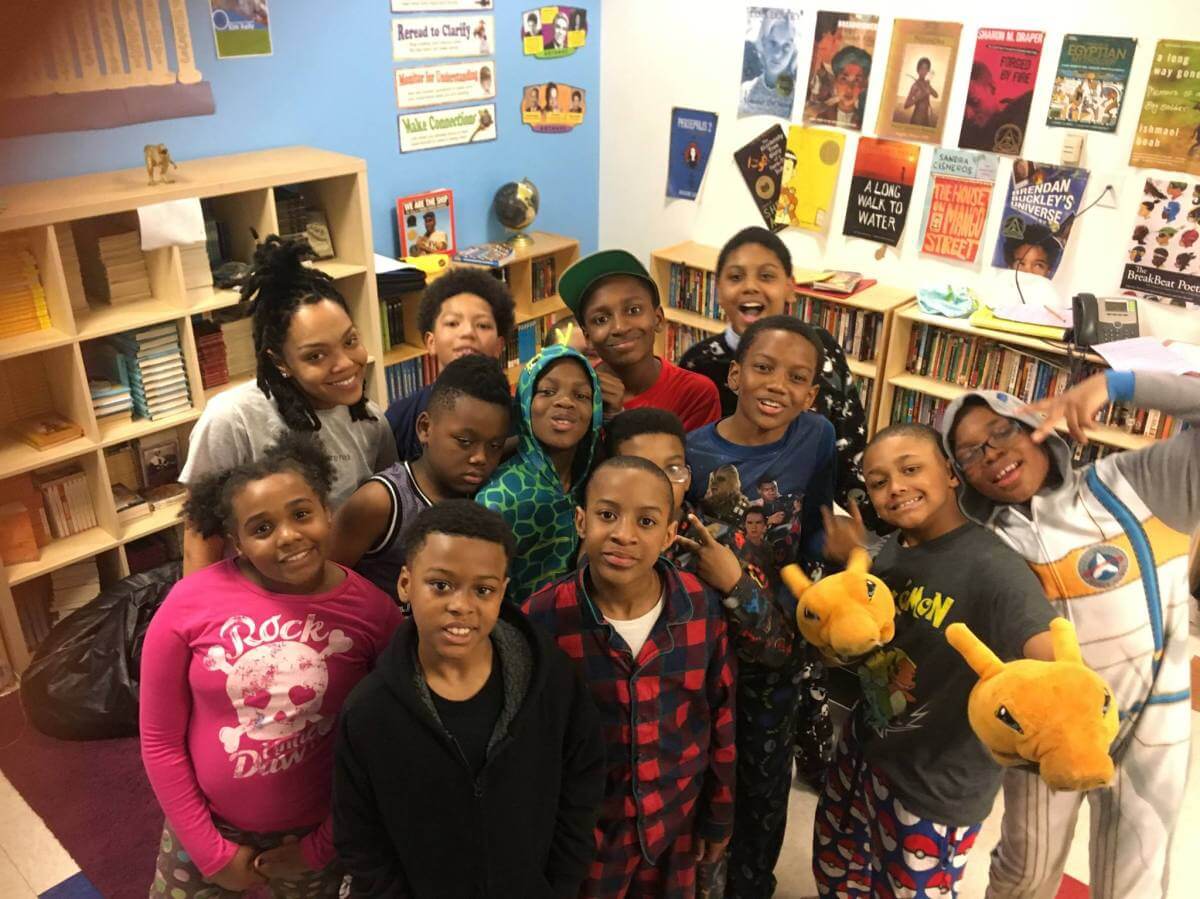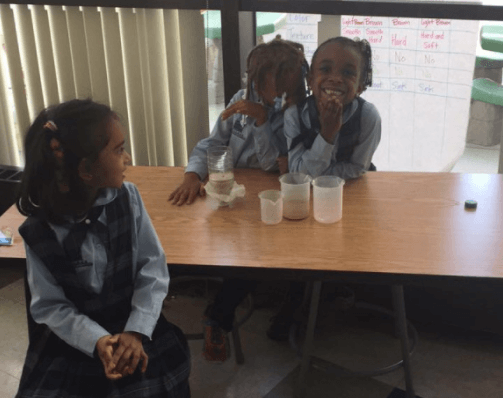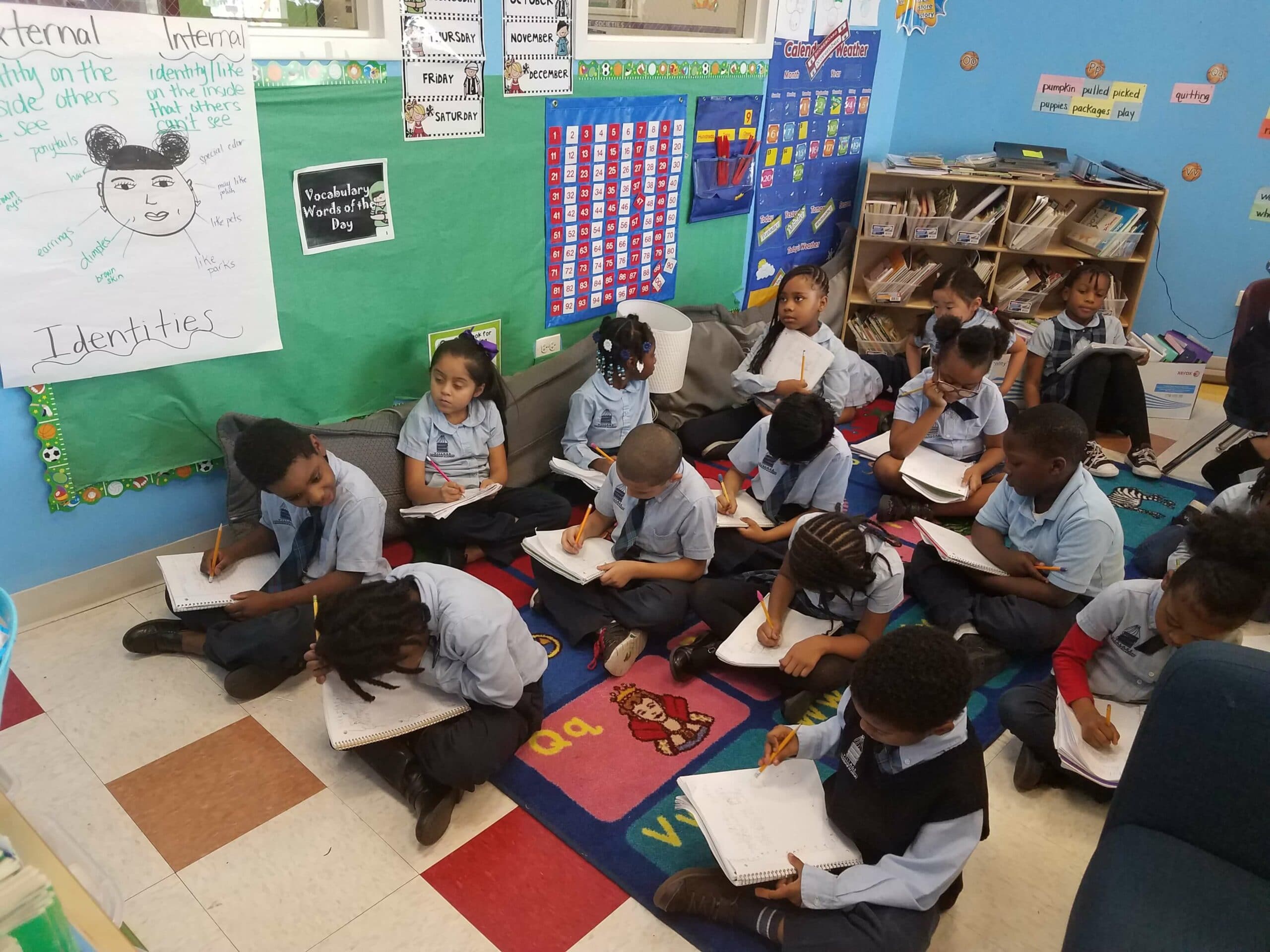Blog
Complicating ‘Homelessness’ for First Graders
By: VLA Teacher, Jessica Pesola
I distinctly remember that homelessness was one of the first social issues that compelled me into action. My activism began when all of the ABLA housing projects surrounding my high school were torn down to make way for the Roosevelt Collection Housing Development, a luxurious mixed income project.
Only a tiny fraction of the new housing would be low-income, displacing hundreds of families to suburbs and less desirable parts of the city.
Feeling irked by this injustice, I worked in a homeless shelter and taught GED classes to many former ABLA residents. I had the distinct privilege to get to know many homeless people intimately. I couldn’t understand why my mom didn’t invite these people to live with us.
She had extra room in her house and the homeless people seemed polite enough. I vowed to let homeless people live with me if I had extra room. I wasn’t about to sit idly by while someone was outside in the cold. So believe me when I say, I understand where my students are coming from. They are coming from a place of love and concern, which a great place to start any endeavor.
Now it is my turn to complicate the problem for my students, while still leaving them feeling empowered. This Grassroots Campaign Program is not really about our students “giving back” to those less fortunate. It is about so much more. It is about understanding invisible systems of oppression, complicated social problems, and multifaceted solutions.
In order to begin complicating the problem of homelessness we invited the director of San Jose Obrero Mission, Israel Vargas, to speak to us. He shared with us that there are two main reasons he sees people become homeless. First, that people cannot get or keep a high paying job because of mental illness, low education, drug addictions, or crime. And the second predictor of homelessness is when an individual loses the support of his or her family, usually for reasons related to why they can’t obtain or keep a job.
Israel shared with the students that he knows this information first hand because he himself was homeless. I could see the students becoming very confused because this well-spoken man in a fancy suit didn’t fit their preexisting image of a homeless person. With their curiosities piqued, we have agreed to regularly volunteer at the shelter to learn more. We will be cleaning the children’s play space, eating lunch with the families, and developing pen-pal relationships with some of the residents.
The students will raise money for Obrero Mission so that they can continue to house and help hundreds of people. The students are beginning to understand how essential having allies is to the process. We can’t do it alone and we should not think we have to.
While we will volunteer, organize a healthy food drive with the Chicago Food Depository, and create care packages for the residents, I want my young activists to understand the more structural aspects of homelessness as well.
I want them to understand the challenges related to obtaining a living wage, inflated housing prices, unchecked mental illness, redlining, and the meticulous problems with funding. We partnered with the Chicago Coalition for the Homeless and are working on the No Youth Alone project where we are personally delivering valentine letters to Governor Quinn urging him to reinstate funding for many homeless youth programs.
We are also working on the Jobs Project, where we will join the Fight for 15 initiative to raise Illinois’ minimum wage. Our students are ready to be change makers and they will use their newly acquired literacy and personal skills to do all that is in their power. Community activism starts at whatever age you let someone into the conversation. We believe our students not only deserve to be part of the conversation, but have something to add.
In two weeks, a speaker is coming to give his or her first hand account of what it was like to be a homeless child and now an activist. I can only imagine the renewed commitment the students will feel. The more personal and relatable the problem becomes, the more eager my young students become to help. That being said, the problem of homelessness has just become incredibly personal for me.
This past December, one of my brothers became homeless for nearly all the reasons Israel had mentioned. My heart was broken. I waited a month to tell my students; scared of accusatory comments like why can’t he live with you or what kind of sister lets her brother become homeless. When I told them about my brother, quiet fell over the room, a phenomenon very rare for my class. One student asked why he couldn’t live with me, and I hesitantly explained that he has problems that just giving him a house won’t fix.
They seemed to understand and asked if it had to do with losing his job, crime, mental illness, or low education.
I nodded my head painfully, and began fielding pragmatic questions like, does he have a place to stay, does he have food, and does he want to stay at the Obrero Mission. In a few short months, my students started to understand that solutions are not easy, but they are not impossible either.
It a testament to my students growth that they wanted to put my brother in contact with their new friends at the San Jose Obrero Mission and make sure he knew places he could get food.
They care so much and I love them for that. With renewed commitment and fervor, we are on this journey of activism and understanding together. And if there is one thing I know for sure, it is that our community will be a little bit brighter with students like mine knowing and caring.
Enroll Now
Discover a partner in the future of your child. Enroll your scholar for the 2021-2022 school year today!
